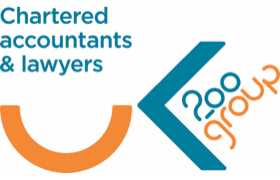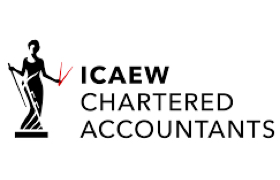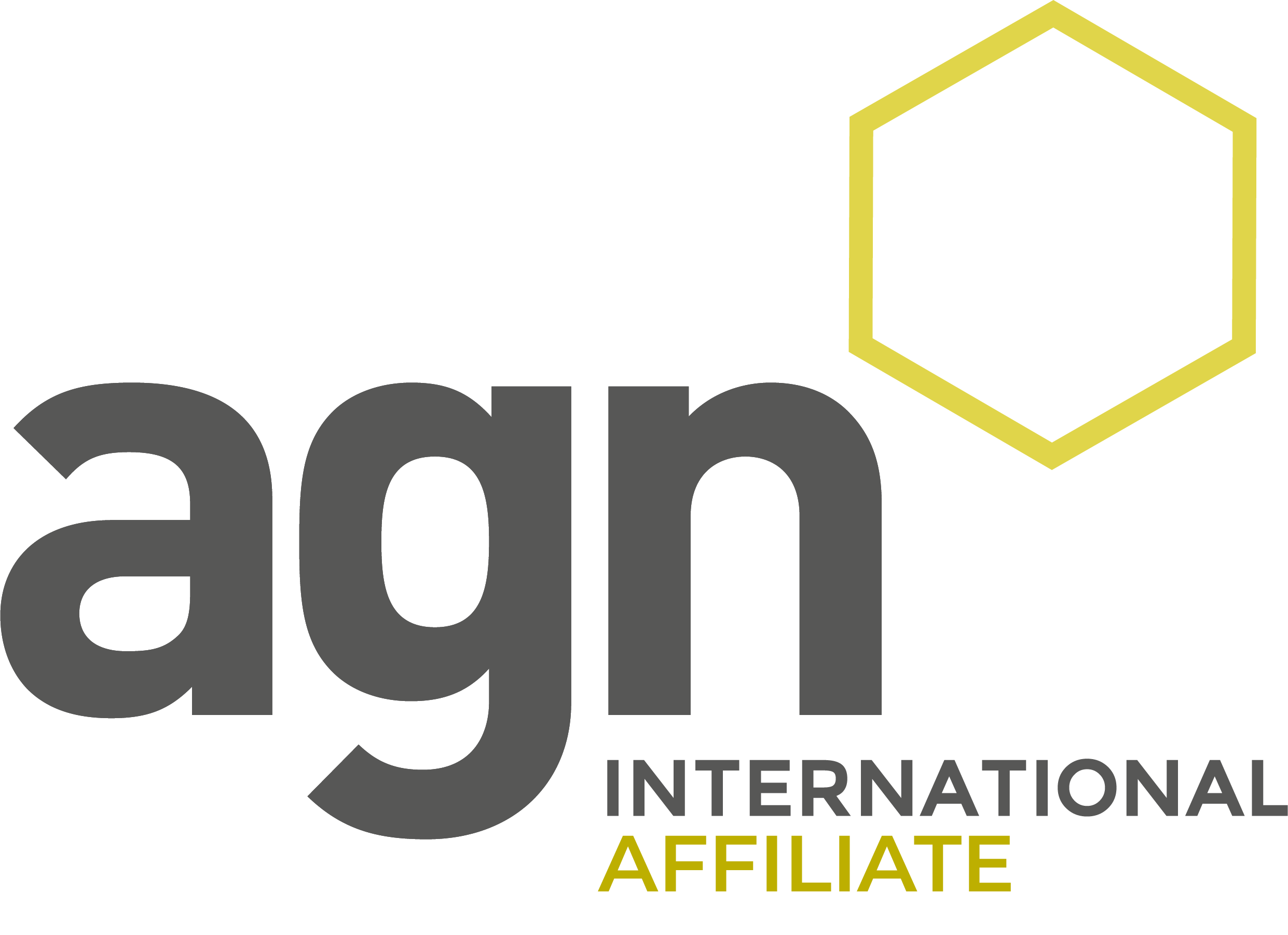Profit withdrawal changes for 2023/24
- 8th February 2023
Owner-managers have historically benefited by withdrawing profits by way of dividends, rather than taking director’s remuneration, due to the national insurance contribution (NIC) saving. However, tax changes taking effect from April 2023 will mean this approach may no longer be such an attractive option.
From 1 April 2023, the current 19% rate of corporation tax will only be available for the first £50,000 of profits. On profits between £50,000 and £250,000, the effective rate will be 26.5%, with 25% payable thereafter. As far as personal tax is concerned for 2023/24:
- The tax-free dividend allowance will be cut from £2,000 to £1,000; and
- Dividend tax rates are not reduced by 1.25% in line with the reduction to NIC rates.
Case study
The profit withdrawal decision will differ from owner-manager to owner-manager, but let’s take the situation where company profits are forecast to be £150,000 for the year ended 31 March 2024 and the owner-manager wants to withdraw £50,000 either as dividends or director’s remuneration (this will be their only income). The company does not have any other employees.
- Dividend: After allowing for corporation tax, a dividend of £36,750 can be taken. Income tax on this will be £2,028, so net of tax income is £34,722.
- Remuneration: After allowing for employer NICs, gross remuneration of £45,040 will be paid. After income tax and employee NICs, the net of tax income is £34,650.
There is virtually no difference between the two options. However, the remuneration option would be better if some or all of the £5,000 employment allowance was available to set against employer NICs. At higher levels of income, dividends have the advantage – for example, some £1,793 more in net of tax income for a £100,000 withdrawal – but again, the availability of the employment allowance could swing this around.
The employment allowance is not available if a director is the sole employee. This can be rectified by employing a family member and paying them at least £9,100 a year. The salary must of course be justified.
Forecast
Directors who want to take regular monthly or quarterly dividend payments will need a fairly accurate forecast of company profits. This might be difficult, but directors – assuming they have sufficient funds to live on – have the option of waiting until towards the end of the tax year before deciding on a profit withdrawal strategy, as the tax position will not change.
Higher Scottish rates of income tax mean the remuneration option is more expensive for Scottish taxpayers. It is assumed that rates of NIC will remain unchanged for 2023/24.
Tax rates and allowances for 2023/24, along with some useful tax calculators, can be found here.
If you would like to discuss any of the above further please do not hesitate to contact us.
Any news or resources within this section should not be relied upon with regards to figures or data referred to as legislative and policy changes may have occurred.



